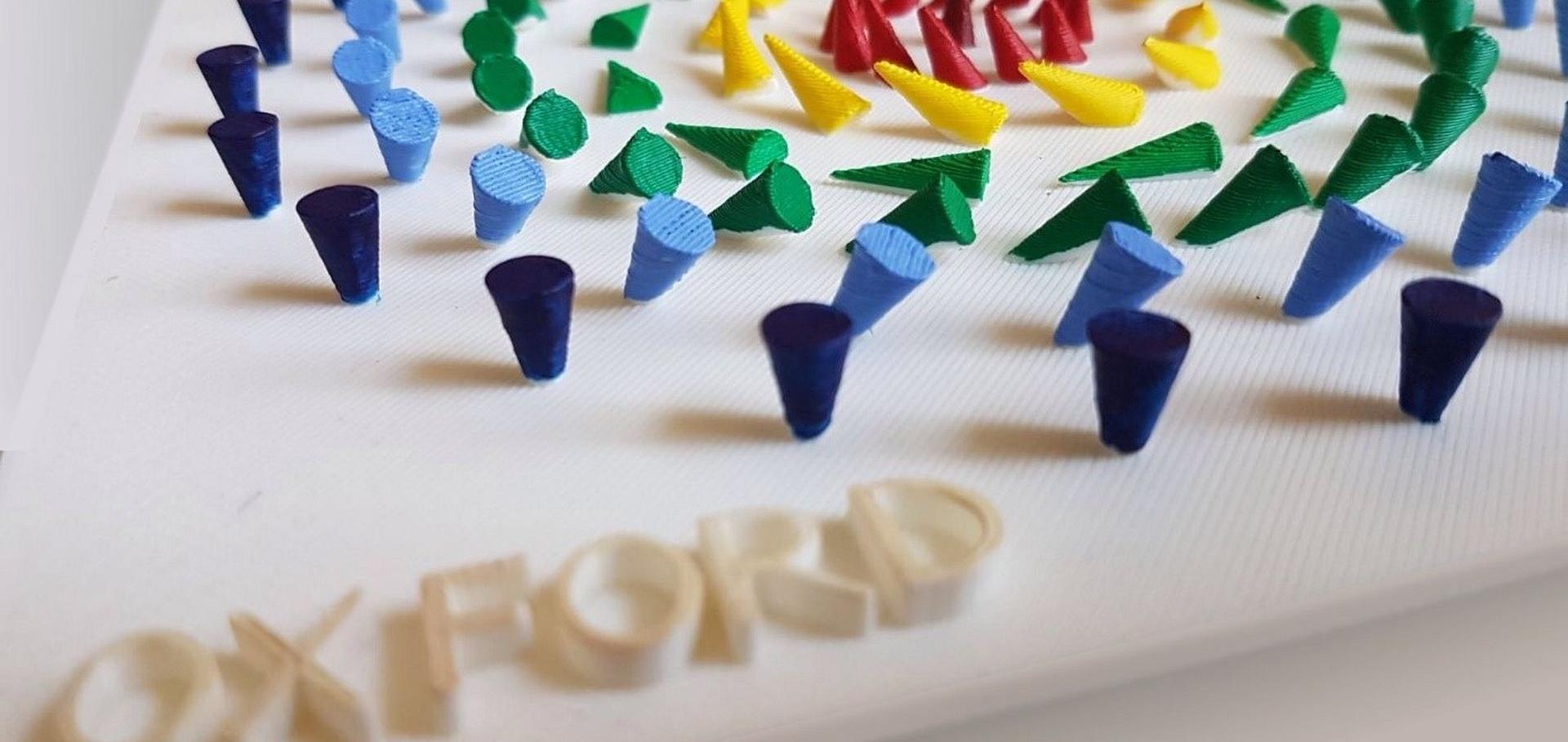Rare earth doping of topological insulators: A brief review of thin film and heterostructure systems
physica status solidi (a) Wiley 216:8 (2019) 1800726
Abstract:
Magnetic topological insulators (MTIs) are a novel materials class in which a topologically nontrivial electronic band structure coexists with long‐range ferromagnetic order. The ferromagnetic ground state can break time‐reversal symmetry, opening a gap in the topological surface states whose size is dependent on the magnitude of the magnetic moment. Doping with rare earth ions is one way to introduce higher magnetic moments into a material, however, in Bi2Te3 bulk crystals, the solubility limit is only a few percent. Using molecular beam epitaxy for the growth of doped (Sb,Bi)2(Se,Te)3 TI thin films, high doping concentrations can be achieved while preserving their high crystalline quality. The growth, structural, electronic, and magnetic properties of Dy, Ho, and Gd doped TI thin films will be reviewed. Indeed, high magnetic moments can be introduced into the TIs, which are, however, not ferromagnetically ordered. By making use of interfacial effects, magnetic long‐range order in Dy doped Bi2Te3, proximity‐coupled to the MTI Cr:Sb2Te3, has been achieved. Clearly, engineered MTI heterostructures offer new possibilities that combine the advantageous properties of different layers, and thus provide an ideal materials platform enabling the observation new quantum effects at higher temperatures.Systematic study of ferromagnetism in CrxSb2-xTe3 topological insulator thin films using electrical and optical techniques
Scientific Reports Springer Nature 8 (2018) 17024
Abstract:
Ferromagnetic ordering in a topological insulator can break time-reversal symmetry, realizing dissipationless electronic states in the absence of a magnetic field. The control of the magnetic state is of great importance for future device applications. We provide a detailed systematic study of the magnetic state in highly doped CrxSb2−xTe3 thin films using electrical transport, magneto-optic Kerr effect measurements and terahertz time domain spectroscopy, and also report an efficient electric gating of ferromagnetic order using the electrolyte ionic liquid [DEME][TFSI]. Upon increasing the Cr concentration from x = 0.15 to 0.76, the Curie temperature (Tc) was observed to increase by ~5 times to 176 K. In addition, it was possible to modify the magnetic moment by up to 50% with a gate bias variation of just ±3 V, which corresponds to an increase in carrier density by 50%. Further analysis on a sample with x = 0.76 exhibits a clear insulator-metal transition at Tc, indicating the consistency between the electrical and optical measurements. The direct correlation obtained between the carrier density and ferromagnetism - in both electrostatic and chemical doping - using optical and electrical means strongly suggests a carrier-mediated Ruderman-Kittel-Kasuya-Yoshida (RKKY) coupling scenario. Our low-voltage means of manipulating ferromagnetism, and consistency in optical and electrical measurements provides a way to realize exotic quantum states for spintronic and low energy magneto-electronic device applications.Antidamping torques from simultaneous resonances in ferromagnet-topological insulator-ferromagnet heterostructures
Journal of Magnetism and Magnetic Materials Elsevier 473 (2018) 470-476
Abstract:
We studied the magnetodynamics of ferromagnetic films coupling across a topological insulator (TI) Bi2Se3 layer using ferromagnetic resonance (FMR). TIs have attracted much attention across the physics community as they hold the potential for dissipationless carrier transport, extremely high spin-orbit torques, and are host to novel quantum effects. To investigate the coupling between the ferromagnetic (FM) layers, vector network analyzer (VNA)-FMR measurements of the resonance linewidth were performed as a function of bias field angle. By bringing the resonances of the two FM layers into close proximity, it was possible to observe antidamping torques that lead to a narrowing of linewidth, a characteristic of spin pumping. The element- and hence layer-specific technique of x-ray detected ferromagnetic resonance (XFMR) was used to circumvent the difficulty of obtaining accurate fits to the two overlapping resonances in close proximity. Our results confirm that the interaction across the TI is a dynamic exchange mediated by spin pumping, as opposed to a self-coupling of the surface state or similar, more unconventional mechanisms.Proposal for a micromagnetic standard problem for materials with Dzyaloshinskii-Moriya interaction
New Journal of Physics Institute of Physics 20 (2018) 113015
Abstract:
Understanding the role of the Dzyaloshinskii-Moriya interaction (DMI) for the formation of helimagnetic order, as well as the emergence of skyrmions in magnetic systems that lack inversion symmetry, has found increasing interest due to the significant potential for novel spin based technologies. Candidate materials to host skyrmions include those belonging to the B20 group such as FeGe, known for stabilising Bloch-like skyrmions, interfacial systems such as cobalt multilayers or Pd/Fe bilayers on top of Ir(111), known for stabilising N´eel-like skyrmions, and, recently, alloys with a crystallographic symmetry where anti-skyrmions are stabilised. Micromagnetic simulations have become a standard approach to aid the design and optimisation of spintronic and magnetic nanodevices and are also applied to the modelling of device applications which make use of skyrmions. Several public domain micromagnetic simulation packages such as OOMMF, MuMax3 and Fidimag already offer implementations of different DMI terms. It is therefore highly desirable to propose a so-called micromagnetic standard problem that would allow one to benchmark and test the different software packages in a similar way as is done for ferromagnetic materials without DMI. Here, we provide a sequence of well-defined and increasingly complex computational problems for magnetic materials with DMI. Our test problems include 1D, 2D and 3D domains, spin wave dynamics in the presence of DMI, and validation of the analytical and numerical solutions including uniform magnetisation, edge tilting, spin waves and skyrmion formation. This set of problems can be used by developers and users of new micromagnetic simulation codes for testing and validation and hence establishing scientific credibility.Microscopic effects of Dy-doping in the topological insulator Bi2Te3
(2018)


